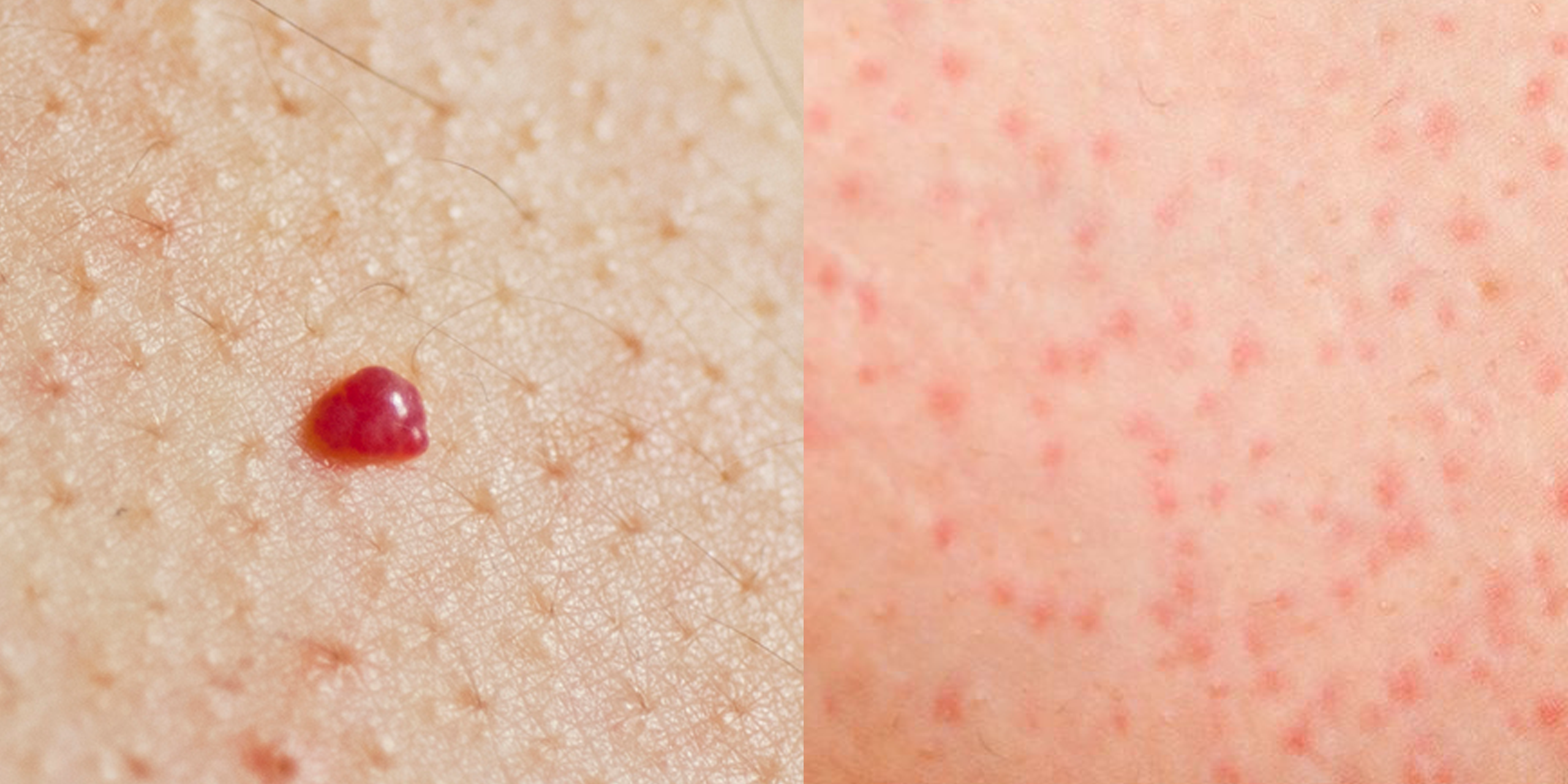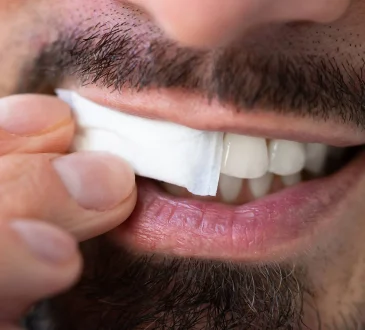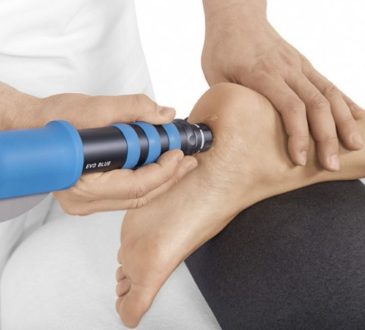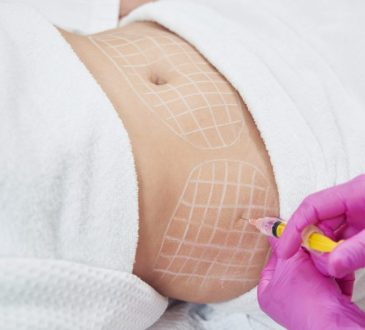
Rashes and blemishes of all kinds are common on the skin. Most of the time they are harmless but it is important to know them and what their symptoms are like to know how to act. Read on to know more.
Hyperpigmentation is the term for skin spots that cause anguish in certain people because they can’t cover them or hide them from the places where they begin to appear: the face, hands, and other exposed areas to the light.Hyperpigmentation occurs when the body produces excess melanin in certain patches of the skin. Thus, it gives rise to flat skin patches of a darker shade ranging from light brown to black and which can vary in size and shape.
Pigmentation spots (such as senile spots): They are small, darkened plaques whose main cause is sun exposure, which is why they appear in especially exposed areas: face, hands and arms.
Melasma or chloasma (“pregnancy mask”): It manifests with dark and irregular areas on the face or arms. It affects 90% of pregnant women as a result of hormonal influences and birth control pills .
Inflammatory hyperpigmentation: It appears when a skin lesion heals and remains in the form of a flat spot with changed color. It is common in people with acne and can also be caused by cosmetic procedures.
Symptoms of skin spots
The main symptoms of spots on the skin are the fact of appreciating a change in the color of some area of the skin, as well as in its size. It is painless and, as mentioned, the causes can be multiple. Normally they are harmless, but the dermatology specialist is the one who must study them in depth.
What are the causes of skin blemishes?
Hyperpigmentation of the skin responds to an overproduction of melanin (the pigment that gives the natural color to the skin, hair and eyes). The spots on the skin appear in the form of plaques. It can be triggered by various factors, as already explained, but the most common causes are sun exposure , genetic factors, age, hormonal influences, and skin lesions or infections .
Can it be prevented?
Certain factors can be prevented, but others are unavoidable. Thus, to prevent certain spots, it is recommended not to expose yourself too much to the Sun and do so with a high sun protection factor. Likewise, the possible hormonal influences of certain medications can also be consulted with each specialist.
What does the treatment consist of?
The most widely used treatments are two: chemical peels and laser therapy . The first is to apply an acid solution to the affected area to remove surface layers. These chemicals cause blistering of the skin and ultimately exfoliation, with new, even skin appearing underneath. The second is laser therapy. It has almost the same effect as the first but is more precise, since the dermatologist has more control in the treatment. It is a technique that allows the affected areas to be “shot” with high intensity light. There are lighter treatments, which act only on the skin’s epidermis or superficial layer, and other more intense ones that penetrate the deeper layers.
However, these treatments, despite being the most widely used, are never exempt from being slightly invasive for the skin, and more depending on each type of skin. This causes them to irritate, inflame or burn the skin, which is a post-inflammatory hyperpigmentation. There are other treatments that have emerged in recent years: hydroquinone, arbutin, kojic acid, derivatives of vitamin C , derivatives of retinoic acid, azelaic acid or B-resorcinol or butylresorcinol, as well as jojoba oil, juice of lemon or the intake of a sugar-free diet , which are effective factors against hyperpigmentation.



